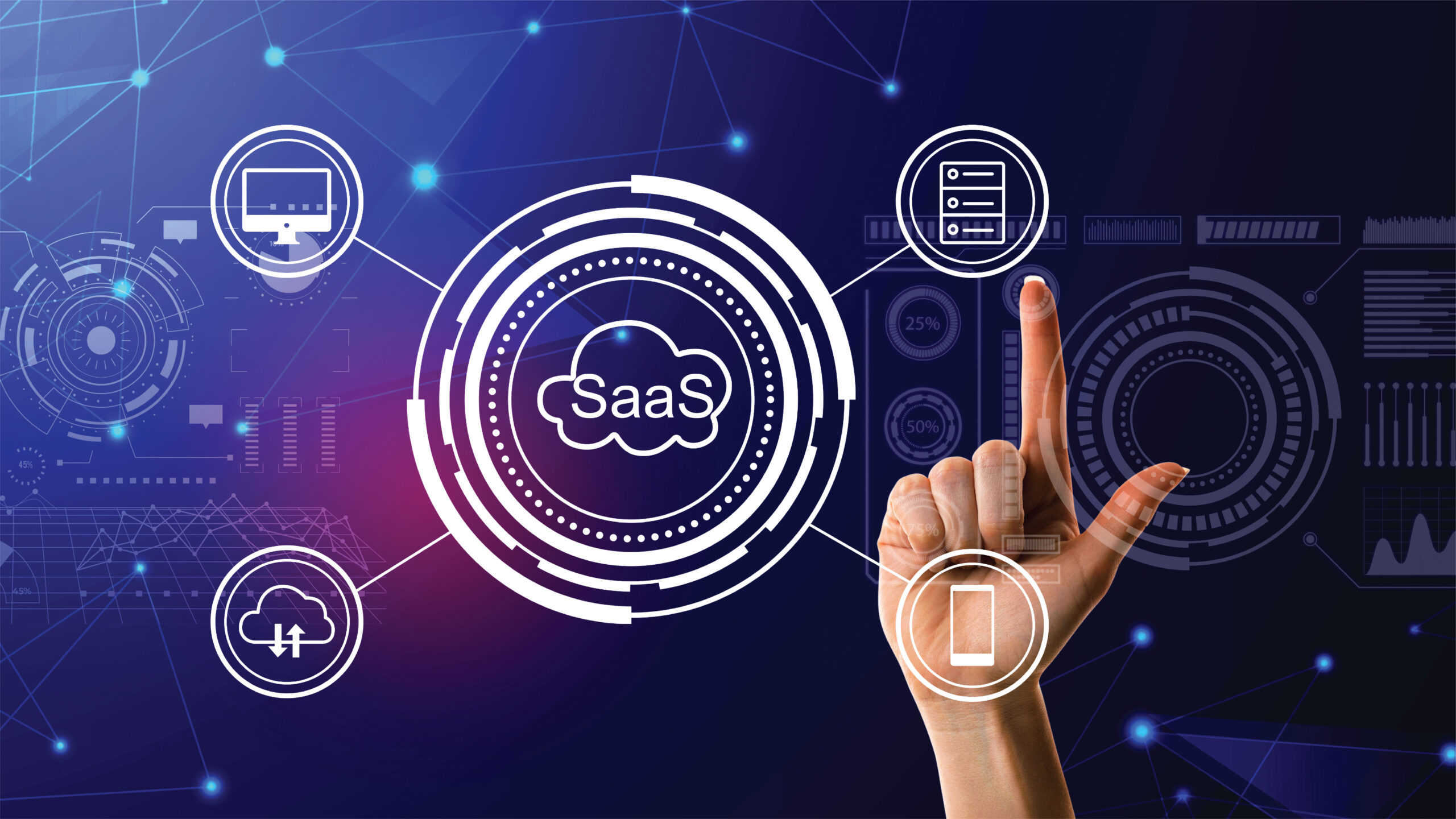1. Artificial Intelligence (AI) & Machine Learning (ML)
How AI and ML Are Benefiting Businesses Right Now:
-
- Data-Driven Decision-Making: AI-driven analytics are enabling businesses to sift through vast amounts of data, uncovering trends and insights that were previously invisible. This allows for better forecasting, smarter strategies, and quicker reactions to market changes.
- Automation: AI is transforming everything from customer service to supply chain management by automating routine tasks. This not only cuts costs but also frees up human talent to focus on higher-value work.
- Personalization: Businesses are using AI to tailor everything from product recommendations to marketing messages, driving customer engagement and boosting sales.
Examples in Action:
- Customer Support: AI chatbots provide 24/7 customer service, answering questions, processing orders, and resolving issues instantly, without the need for human intervention.
- Predictive Maintenance: Manufacturers are using AI to predict equipment failures before they happen, significantly reducing downtime and saving costs.
2.Augmented Reality (AR) & Virtual Reality (VR)
The Current Impact of AR and VR:
-
- Enhanced Customer Experience: AR allows customers to visualize products in their real-world environments, leading to better decision-making and fewer returns. For example, home improvement companies like IKEA are using AR apps that let customers see how furniture will look in their homes before purchasing.
- Immersive Training: VR is transforming employee training by offering immersive, risk-free environments. Industries like healthcare and construction are using VR to simulate complex procedures or scenarios, providing hands-on learning without the real-world risks.
- Innovative Marketing: Brands are using AR and VR to create more interactive and engaging marketing campaigns. AR ads, virtual product demos, and immersive brand experiences are capturing customers’ attention in ways that traditional marketing cannot.
Real-World Use Cases:
- Retail: AR is being used in virtual fitting rooms where customers can "try on" clothing without being physically present, driving both convenience and sales.
- Training: VR is helping businesses like airlines train pilots or engineers by simulating real-life scenarios, enhancing learning outcomes while reducing costs.
3. Blockchain Technology
How Blockchain Is Driving Business Innovation:
-
- Increased Security: Blockchain’s decentralized architecture ensures that data is virtually tamper-proof, making it an ideal solution for businesses that handle sensitive information, such as financial records or customer data.
- Transparency in Supply Chains: Businesses are using blockchain to provide end-to-end visibility across the supply chain. This ensures product authenticity, improves trust with consumers, and enhances operational transparency.
- Smart Contracts: Blockchain enables the use of smart contracts—self-executing contracts where the terms are written directly into code. These contracts can be automated, reducing the need for intermediaries, speeding up processes, and ensuring accuracy.
Examples in Use:
- Supply Chain Transparency: Companies in sectors like food and pharmaceuticals are using blockchain to track products from origin to consumer, ensuring authenticity and compliance with regulations.
- Financial Services: Blockchain is being used for secure, low-cost cross-border payments, as well as reducing fraud in financial transactions.
4.Software as a Service (SaaS)
Why SaaS Is Essential Right Now:
-
- Cost-Efficiency: With SaaS, businesses only pay for what they need, eliminating the need for expensive hardware or lengthy installations. This model is especially valuable for small and medium-sized enterprises (SMEs) looking to reduce upfront costs.
- Scalability: SaaS platforms are designed to grow with your business. Whether you’re adding more users or expanding functionality, SaaS scales easily without the need for major infrastructure changes.
- Accessibility: SaaS solutions are accessible from anywhere, making them ideal for the hybrid or remote work environments that have become the norm. Employees can access the tools they need from any device, ensuring continuity and flexibility.
Common Applications:
- CRM Platforms: Tools like Salesforce enable businesses to manage customer relationships, sales pipelines, and analytics, without needing complex on-premise setups.
- Collaboration Tools: SaaS solutions like Slack, Microsoft Teams, and Zoom are facilitating communication and collaboration across geographically dispersed teams.
5.No-Code and Low-Code Platforms
No-code and low-code platforms are empowering non-technical users to create applications and automate workflows without the need for coding expertise. In 2024, these platforms are leveling the playing field, allowing businesses to innovate faster and reduce reliance on developers.How No-Code and Low-Code Are Driving Innovation:
-
- Speed and Agility: Businesses can develop applications quickly, responding to market changes in real-time. No-code platforms enable users to build custom apps and automate processes within days, not months.
- Cost Savings: No-code platforms drastically reduce development costs by eliminating the need for highly specialized development teams while still allowing for tailored, functional applications.
- Customization: No-code solutions provide businesses with the flexibility to create apps tailored to their specific needs, rather than relying on off-the-shelf software that may not fully meet their requirements.
Real-World Applications:
- App Development: Platforms like Bubble and Webflow are allowing businesses to build customer-facing apps, internal tools, or e-commerce websites without traditional coding.
- Automation: No-code automation tools like Zapier enable businesses to streamline workflows, improving efficiency without hiring additional IT staff.



































